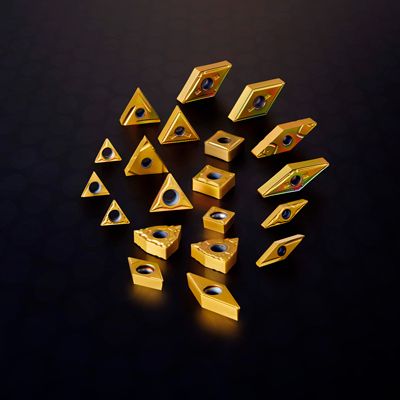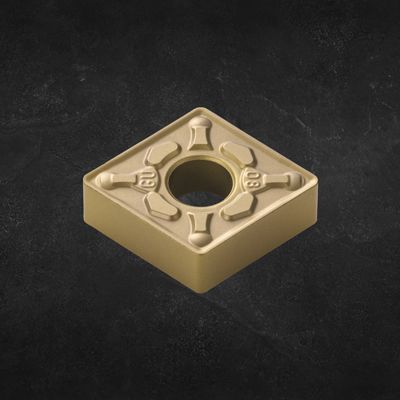Wiper cutting edge design N-LUW, N-SEW, N-GUW
Addressing Surface Finish Issues in Machining
The quality of machined parts is critically dependent on surface finish. Surface finish problems can be minimized by using appropriate tools and techniques. Wiper chipbreakers like N-LUW, N-SEW, and N-GUW play a central role in achieving desired surface quality.
Wiper Chipbreakers: Function and Benefits
They ensure a consistent and smooth surface. Their benefits include:
Improved Surface Finish: Especially important for precision components and automotive applications.
Increased Productivity: They allow for higher feed rates without sacrificing surface quality.
Versatility: Suitable for various materials and machining processes, such as turning and milling.
Application Areas
Wiper chipbreakers are ideally suited for:
Precision Components: Requiring the highest surface finish.
Automotive Industry: For components with stringent quality requirements.
ISO Range: Application with ISO P, M, and K materials.
Technical Characteristics
Wiper inserts offer the following technical characteristics:
Geometry: Special edge preparations on the minor cutting edge improve surface finish.
Feed Range: 0.004 in/rev to 0.016 in/rev (0.1 mm/rev to 0.4 mm/rev).
Depth of Cut Range: 0.012 in to 0.12 in (0.3 mm to 3 mm).
Material Variety: Can be used on stainless steels, cast iron materials, and more.
Resolving Specific Problems
Vibration/Chatter: Reduced machining noise through stable cutting edges.
Chip Control: Optimization through special cutting edge geometries, like hollows (likely referring to chip former geometry).
Machine Overload: Adjusting feed and depth of cut, as well as using stable cutting geometries.
The use of wiper chipbreakers is an effective way to address surface finish problems in machining. They offer a combination of high productivity, versatility, and improved surface quality that is indispensable in demanding applications.
View product



